1 June, 2016
Aidan Calvelli
Share
Taking regulation to the masses? The trend towards customer engagement.
When most people hear the word “regulation,” they likely think about government bureaucrats and bloated agencies. For people who have a more positive view of regulation, they probably are still thinking in terms of government directives that in some way will help society. What likely comes to the minds of very few people is the idea of everyday people being involved in the regulatory process. And to be honest, until recently, this idea would be out of the mainstream.
In the traditional regulatory approach, regulators are tasked with balancing customers’ and firms’ needs.
Two primary models emerged to accomplish that: first, rate-of-return regulation, where firms charge prices that resemble competitive market prices; second, price-cap regulation, where regulators limit the price a firm can charge, but the firm can keep savings made from making their service delivery more cost-efficient. Both of these approaches have value. But they also share the problem of being regulator-centric: they rely on the regulator having accurate knowledge of the market for specific firms and how they should operate.
How can one fix this? By shifting the focus away from the regulator, and towards the people actually interacting with the services – namely, the consumers.
This process is known as customer engagement – an approach that tries to understand and meet customer preferences – and has recently gained traction, as a team of researchers from The Behaviouralist just documented. The basic idea is pretty simple: firms and customers might know more about costs and preferences than central regulators, higher customer engagement means lessened regulator impact, and knowing customers’ preferences can inform future regulatory decisions.
At first glance, the idea of customer engagement seems pretty rock-solid. Of course people should be involved in the regulatory process! They’re the one it affects, and they know best what they want out of it!
Unfortunately, measuring the impact of customer engagement isn’t so straightforward. To date, there have been no robust assessments of its effectiveness in regulation. Some of this is a problem in measurement, as there is no easy counterfactual to check what would’ve happened without customer engagement in any particular instance. Some of it is a problem of definition, as the goals of regulation are unclear and there is so much variety across fields. In any case, there’s little hard evidence to say that customer engagement is a great strategy.
Yet despite this dearth of hard evidence, regulators, firms, and customers all seem to think customer engagement is a good thing! Regulators and stakeholders are happy with the outcomes of customer engagement, and firms are likely to engage in it when they know regulators factor that into their price reviews.
Take Ofgem and Ofwat – the UK regulatory bodies for gas and electricity, and water, respectively. Both take customer engagement explicitly into account as one aspect of a firm’s business plan. If a firm’s plan is determined as “high-quality,” it will receive some positive incentives. However, that determination is based on a lot more factors than just success in customer engagement, so firms don’t know exactly how much their customer engagement efforts are benefitting them. That said, firms still chose to employ customer engagement tactics, so even though the details are often iffy and the impact inconclusive, customer engagement seems to be on the rise as a regulatory tool.
So, it seems the regulatory world is faced with an interesting dilemma: customer engagement is gaining popularity, but it’s unclear how big of an impact it’s having. Luckily, economics can help us out of this jam, with a few practical fixes.
First, what’s trying to be measured should be made much clearer. Regulation is an economic action at its core, so any effort at using customer engagement should be evaluated based on how much it contributes to economic efficiency.
Second, the incentives for doing customer engagement should be more explicit. Instead of vaguely factoring in customer engagement as one metric among many that go into whether firms receive incentives, there should be incentives tailored specifically to customer engagement. This way, firms will know that their efforts on the subject will be rewarded if done well; with less uncertainty, both firms and customers can do a better job expressing their needs and coming to jointly beneficial solutions.
Third, program evaluation could be much improved by using behavioural science. Instead of relying on surveys – or stated preferences – to figure out what customers want, a well-designed behavioural intervention could figure out customers’ revealed preferences: what customers actually want when the choices are in front of them. Legislation and regulatory roadblocks might get in the way of this experimentation, but the more fieldwork that can be done, the better information we’ll get about practical improvements.
To many, regulation may seem dry. However, with customer engagement now on the rise, more people will have a say in regulatory processes that affect their well-being and economic outcomes. No matter what form this takes, customer engagement has the potential to improve efficiency and legitimate regulatory decisions. With this real possibility for impact, new modes of customer engagement are definitely worth exploring – or experimenting with – to optimise this new trend in regulatory policy.
Read more – in our report ‘Power to the People’ by Robert Hahn, Robert Metcalfe and Florian Rundhammer.

